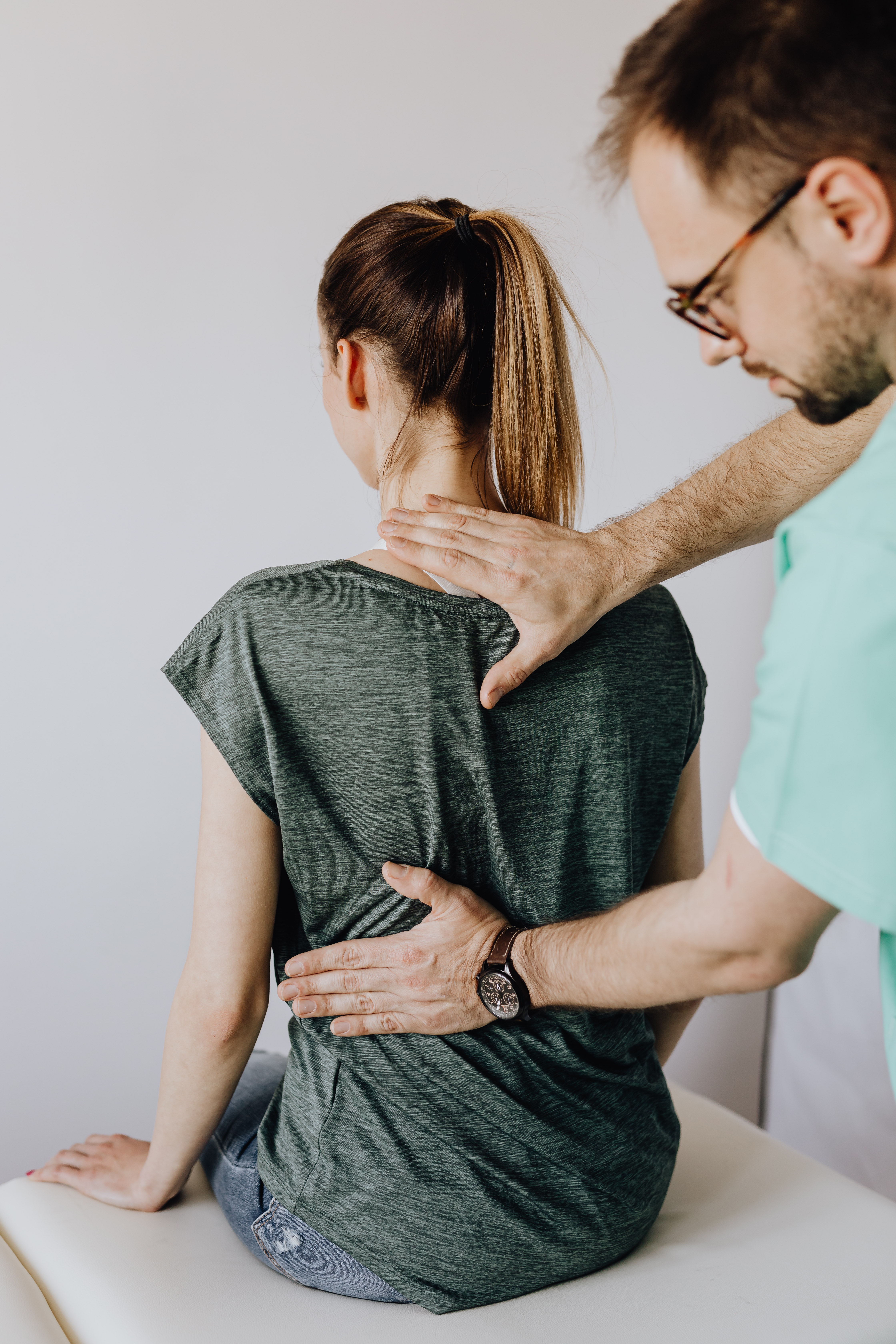What are the causes of back pain?
What are the causes of back pain?
The human back is composed of a complex structure of muscles, ligaments, tendons, disks and bones - the segments of our spine are cushioned with cartilage-like pads. Problems with any of these components can lead to back pain. In some cases of back pain, its cause is never found.

Strain - the most common causes of back pain are:
• Strained muscles
• Strained ligaments
• Lifting something improperly
• Lifting something that is too heavy
• The result of an abrupt and awkward movement
• A muscle spasm
Structural problems - the following structural problems may also result in back pain:
• Ruptured disks - each vertebra in our spine is cushioned by disks. If the disk ruptures there will be more pressure on a nerve, resulting in back pain.
• Bulging disks - in much the same way as ruptured disks, a bulging disk can result in more pressure on a nerve.
• Sciatica - a sharp and shooting pain that travels through the buttock and down the back of the leg, caused by a bulging or herniated disk pressing on a nerve.
• Arthritis - patients with osteoarthritis commonly experience problems with the joints in the hips, lower back, knees and hands. In some cases spinal stenosis can develop - the space around the spinal cord narrows.
• Abnormal curvature of the spine - if the spine curves in an unusual way the patient is more likely to experience back pain. An example is scoliosis, when the spine curves to the side.
• Osteoporosis - bones, including the vertebrae of the spine, become brittle and porous, making compression fractures more likely.
Below are some other causes of back pain:

• Cauda equina syndrome - the cauda equine is a bundle of spinal nerve roots that arise from the lower end of the spinal cord. People with cauda equine syndrome feel a dull pain in the lower back and upper buttocks, as well as analgesia (lack of feeling) in the buttocks, genitalia and thigh. There are sometimes bowel and bladder function disturbances.
• Cancer of the spine - a tumor located on the spine may press against a nerve, resulting in back pain.
• Infection of the spine - if the patient has an elevated body temperature (fever) as well as a tender warm area on the back, it could be caused by an infection of the spine.
• Other infections - pelvic inflammatory disease (females), bladder or kidney infections.
• Sleep disorders - individuals with sleep disorders are more likely to experience back pain, compared to others.
• Shingles - an infection that can affect the nerves.
• Bad mattress - if a mattress does not support specific parts of the body and keep the spine straight, there is a greater risk of developing back pain.
Everyday activities or poor posture
Back pain can also be the result of some everyday activity or poor posture. Examples include:
• Bending awkwardly
• Pushing something
• Pulling something
• Carrying something
• Lifting something
• Standing for long periods
• Bending down for long periods
• Twisting
• Coughing
• Sneezing
• Muscle tension
• Over-stretching
• Sitting in a hunched position for long periods (e.g. when driving)
• Long driving sessions without a break (even when not hunched)
